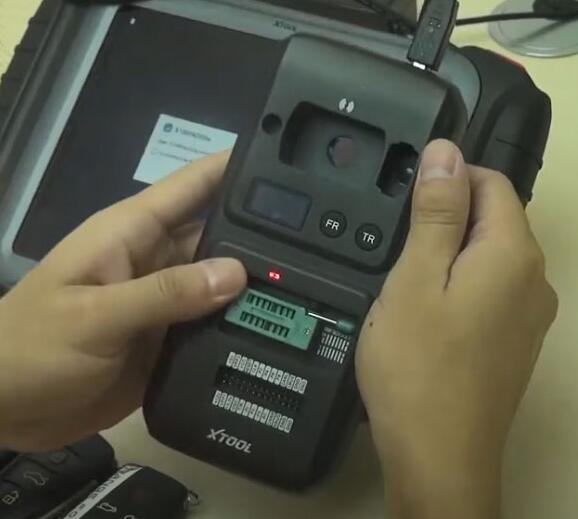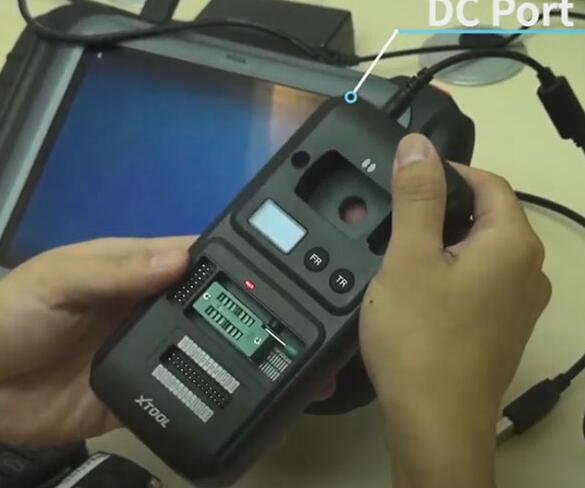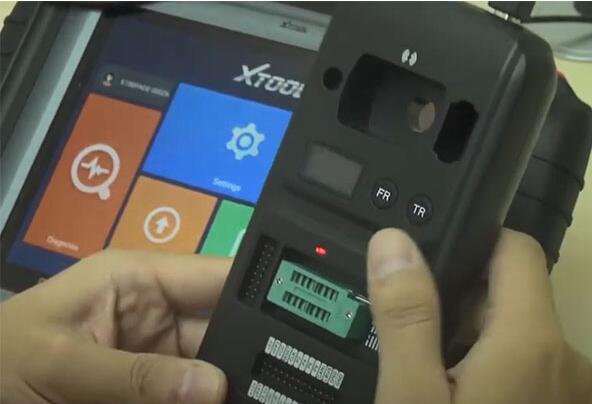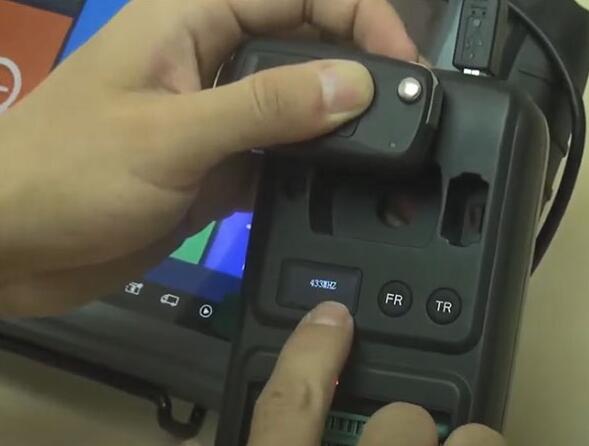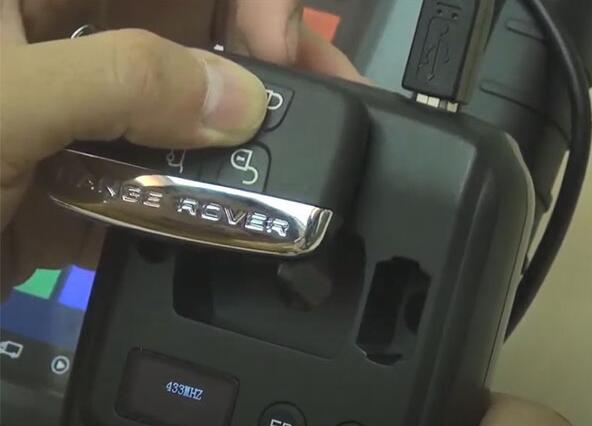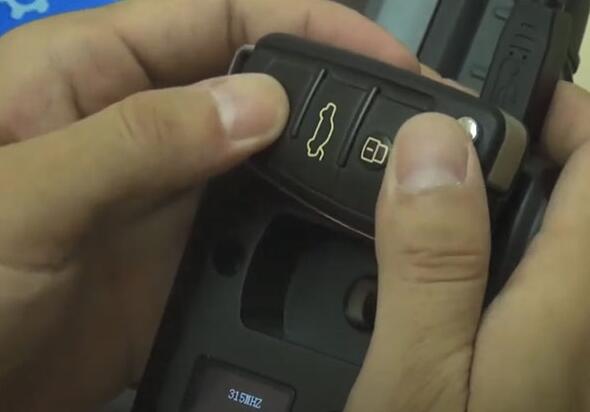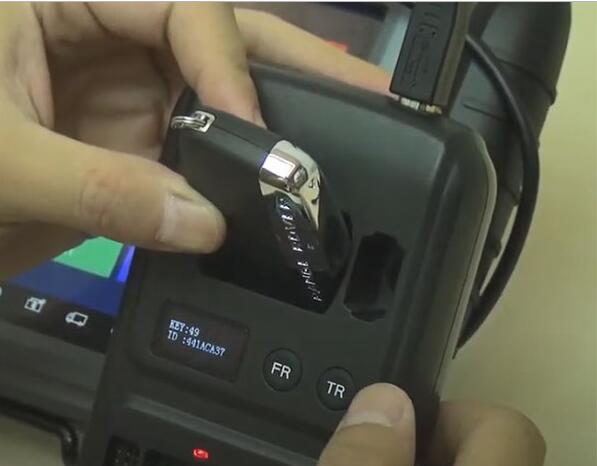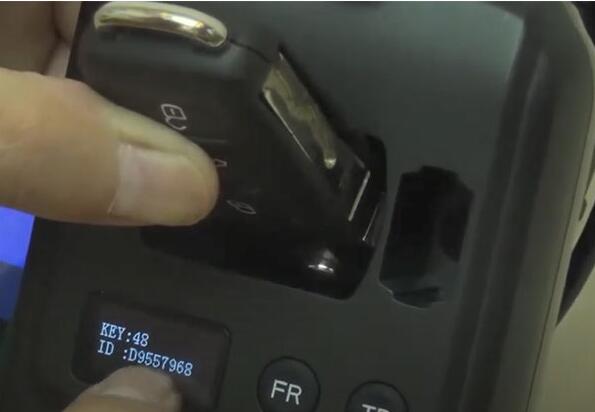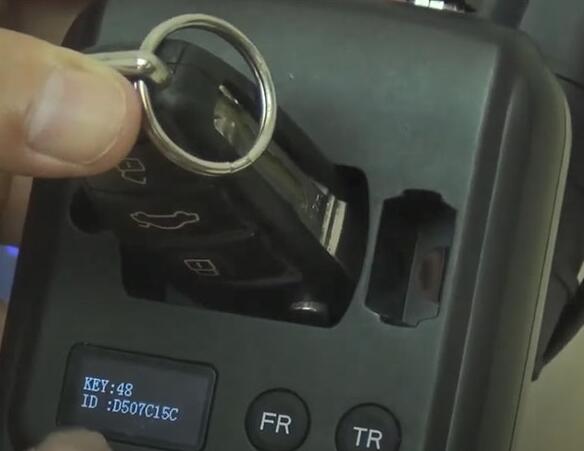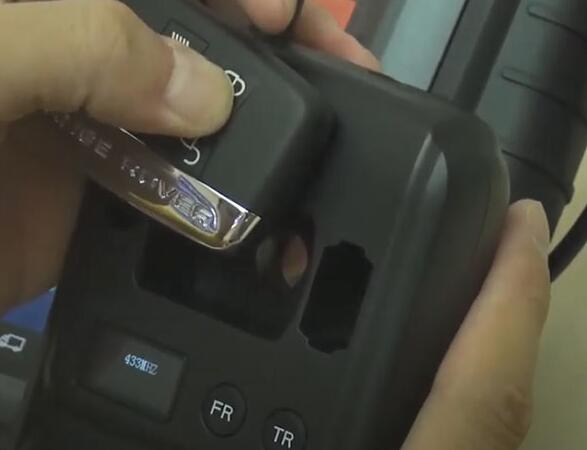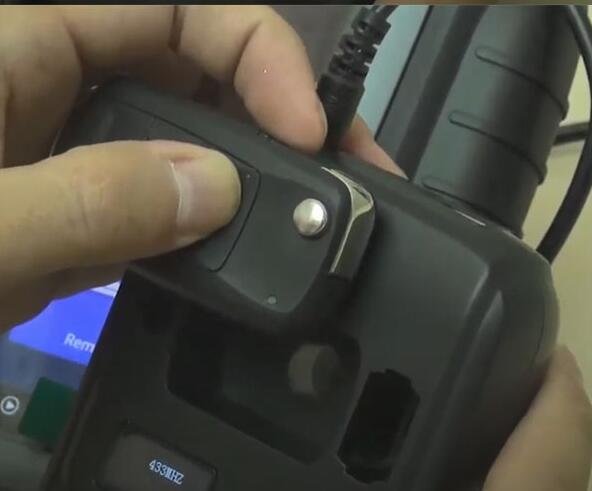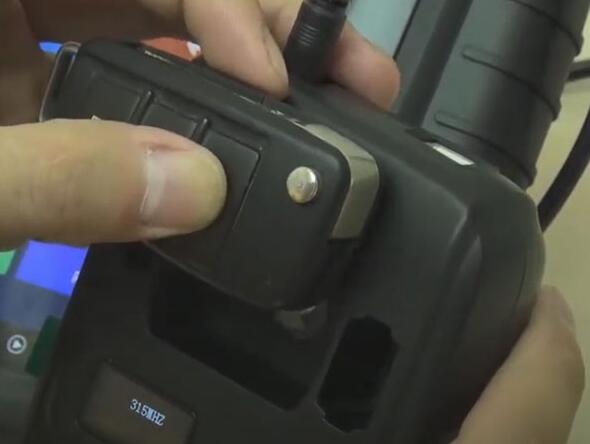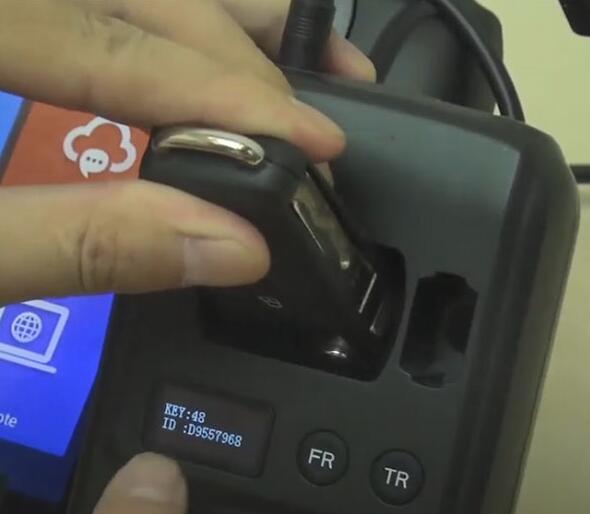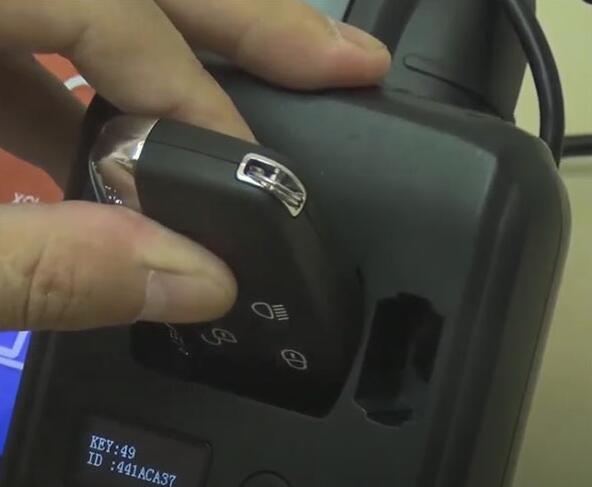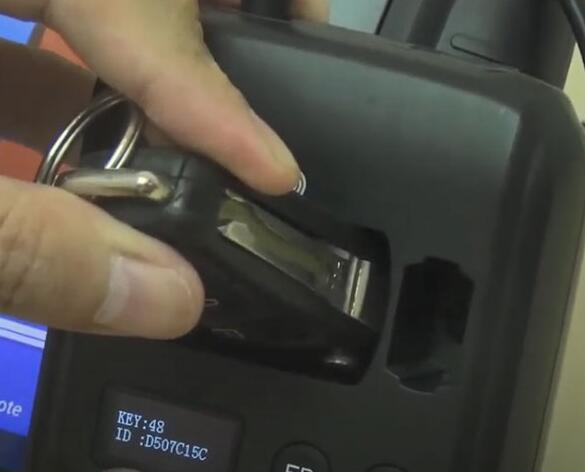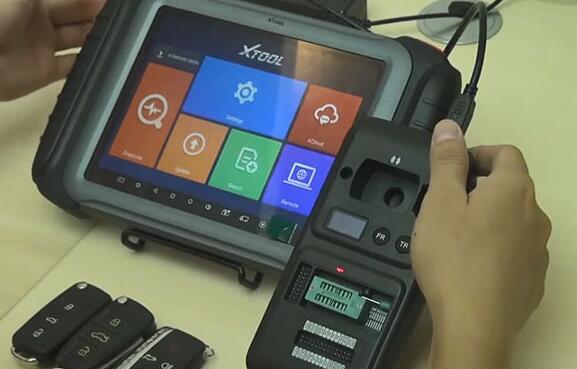
XTOOL KC501 is a professional key & chip programmer. It can not only read, write keys and read key remote frequency,
but also generate dealer keys. This post will share how to use it to work with X100 PAD Elite to read key remote
frequency, transponder ID and key chip type on three different keys in two methods.
What you need:
XTOOL X100 PAD3 auto key programmer
XTOOL KC501 key & chip programmer
Three keys: one VW key, one Ranger Rover key, one AUDI key
Procedures:
Connect XTOOL KC501 with power supply
There are two methods to supply power for KC501
Method 1: provide 5V DC power supply to KC501 by X100 PAD Elite tablet via USB port
When the power is connected, the red light will be on
Method 2: Using 12 DC power supply
Firstly, connect X100 PAD3 with KC501 via USB cable
The left button “FR” on the KC501 is for reading key remote frequency
The right button “TR” on the KC501 is for reading transponder ID and chip type
Part 1: Read key remote frequency
1. Read VW key:
Place the VW key close to the transponder area
Press the “FR” button
Read out the frequency of this VW key is 433MHZ
2. Read Ranger Rover key:
Place the Range Rover key close to the transponder area
Press the “FR” button
Read out the frequency of this Ranger Rover key is also 433MHZ
3. Read Audi key:
Place the Audi key close to the transponder area
Repeat the same steps as VW/Range Rover
Finally, read out the remote frequency is 315MHZ
(You can press every button on the key)
Part 2: Read transponder ID and chip type
1. Read Ranger Rover key:
Place the Range Rover key to the vehicle key slot
Press the “TR” button
Read out the key chip type is 49 and the transponder ID is 441ACA37
2. Read VW key:
Place the VW key to the vehicle key slot
Press the “TR” button
Read out the key chip type is 48 and the transponder ID is D9557968
3. Read Audi key:
Place the AUDI key to the vehicle key slot
Press the “TR” button
Read out the key chip type is 48 and the transponder ID is D507C15C
The operations are same using 12DC power supply
The key remote frequency, transponder ID and chip types are read out same as the method 1.
